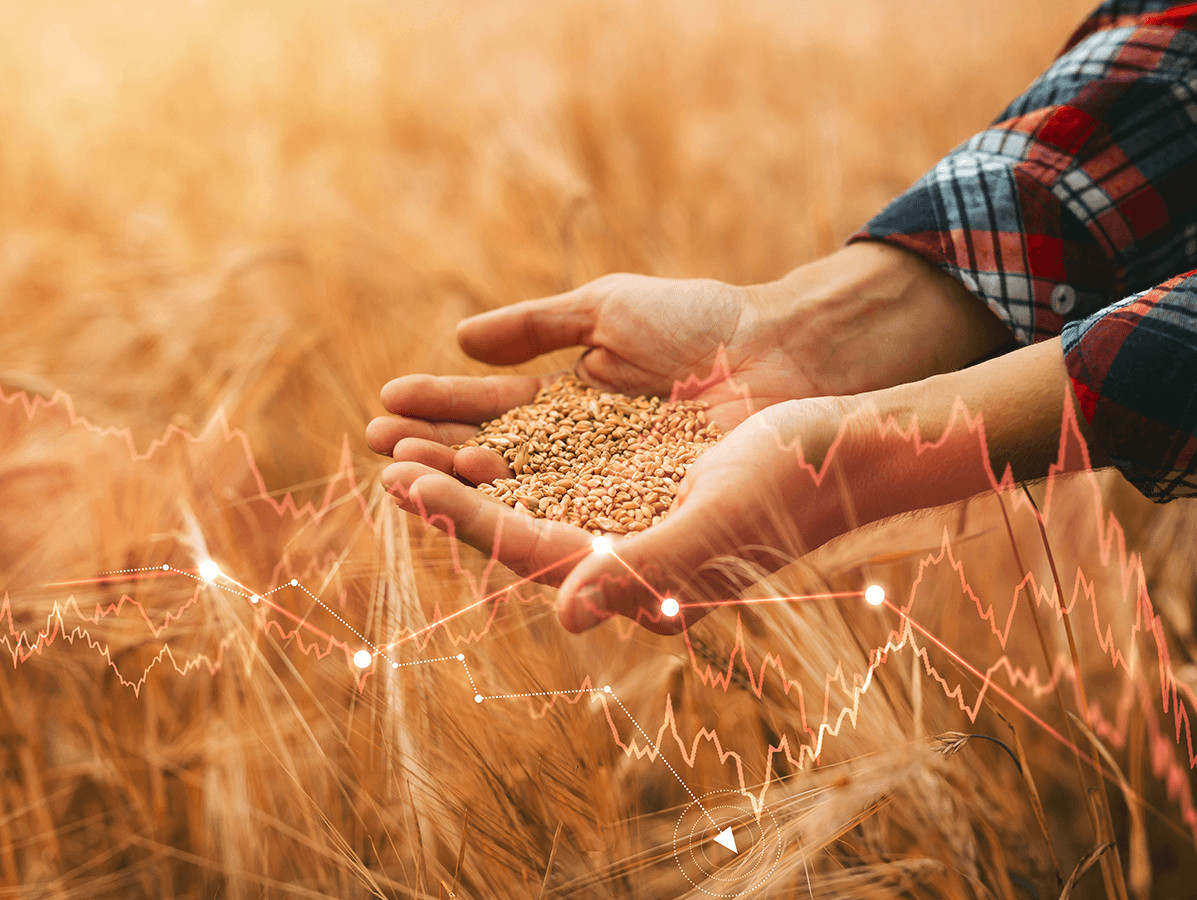
The war in Ukraine has dealt a major shock to commodity markets, altering global patterns of trade, production, and consumption in ways that will keep prices at historically high levels through the end of 2024, according to the World Bank’s latest Commodity Markets Outlook report.
“Commodity markets are experiencing one of the largest supply shocks in decades because of the war in Ukraine,” said Ayhan Kose, Director of the World Bank’s Prospects Group, which produces the Outlook report. “The resulting increase in food and energy prices is taking a significant human and economic toll—and it will likely stall progress in reducing poverty. Higher commodity prices exacerbate already elevated inflationary pressures around the world.”
The World Bank calculated a price index for agricultural commodities and food, with 2010 (with an index of 100) as the reference year. In 2020, the average price index is 87.5. This index rose to 108.7 in 2021 and for 2022 the World Bank predicts an index of 127.9. Wheat prices are forecast to increase more than 40 percent, reaching an all-time high in nominal terms in 2022. That will put pressure on developing economies that rely on wheat imports.
Commodity markets are under tremendous pressure, with some commodity prices reaching all-time highs in nominal terms. This will have lasting knock-on effects. The sharp rise in input prices, such as energy and fertilizers, could lead to a reduction in food production particularly in developing economies. Lower input use will weigh on food production and quality, affecting food availability, rural incomes, and the livelihoods of the poor.
The report urges policymakers to act promptly to minimize harm to their citizens—and to the global economy. It calls for targeted safety-net programs such as cash transfers, school feeding programs, and public work programs—rather than food and fuel subsidies.
Download the report ‘Commodity Markets Outlook April 2022’
Worldbank.org
Image: ©Miha Creative/Shutterstock.com
Source: Wereldbank